In recent years, waist trainers have gained significant popularity among individuals looking to enhance their body shape, improve posture, and even reduce waist size. However, with their growing popularity comes a common question: how tight should a waist trainer be? Many people are curious about the ideal fit, balancing comfort with effectiveness. This blog will explore the appropriate tightness for a waist trainer, the potential risks of wearing it too tightly, and how to use it safely and effectively.
The Popularity of Waist Trainers
Waist trainers are garments designed to shape and cinch the waist, mimicking the effect of an hourglass figure. These devices are typically made of latex, neoprene, or other materials, and they work by compressing the waist area to create a tighter, more sculpted look. Waist trainers are often worn by those seeking to slim their waistline temporarily, but some also wear them regularly as part of a long-term body contouring regimen.
While waist trainers can provide an instant visual effect, many people wonder about the appropriate tightness for these garments. If it's too tight, it can lead to discomfort or even health issues, but if it's too loose, it may not provide the desired shaping benefits. Understanding how tight a waist trainer should be is crucial to maximizing its benefits while keeping your body safe and comfortable.
What Does a Waist Trainer Do?
Waist trainers work by applying pressure to the midsection, which, in theory, encourages the body to temporarily mold to a more defined shape. When worn consistently over time, waist trainers can help improve posture and potentially help with weight loss by increasing sweating in the abdominal area. However, these results are often temporary and depend on consistent use and a healthy lifestyle.
While waist trainers have become a popular tool for body shaping, it's essential to understand their intended purpose. They are not meant to be used for extreme waist reduction in a short period. Instead, they should be seen as a tool to enhance one's natural figure, improving the appearance of the waistline without causing harm to the body.
Choosing the Right Tightness: Comfort vs. Effectiveness
The tightness of a waist trainer is one of the most important factors to consider when selecting one. Ideally, a waist trainer should feel snug but not uncomfortable. The goal is to achieve a comfortable level of compression that allows you to move and breathe freely, without experiencing pain or restriction.
- Comfort: A waist trainer that is too tight can lead to a host of issues. It may restrict your ability to breathe properly, compress internal organs, and cause irritation to the skin. It should never feel like you're suffocating or unable to move easily. A comfortable fit allows you to wear the waist trainer for longer periods, which can enhance its effectiveness over time.
- Effectiveness: On the other hand, if a waist trainer is too loose, it won't provide the desired shaping or slimming effect. While you don't want to over-tighten, it's crucial that the waist trainer fits snugly enough to create noticeable compression. The key is to strike a balance between comfort and compression to ensure both safety and results.
The Risks of Wearing a Waist Trainer Too Tight
Wearing a waist trainer that is too tight can lead to a range of health risks. While some discomfort is normal when starting with a waist trainer, excessive tightness can cause significant issues. Some of the potential risks of wearing a waist trainer that's too tight include:
- Breathing Difficulties: Tight waist trainers can compress the rib cage and diaphragm, making it difficult to take full breaths. Over time, this can cause shallow breathing, which may reduce the amount of oxygen your body gets and put unnecessary strain on your respiratory system.
- Digestive Issues: A waist trainer that is too tight can compress the stomach and intestines, leading to digestive issues like acid reflux, bloating, and discomfort after eating. This can hinder proper digestion and cause long-term gastrointestinal problems.
- Circulation Problems: Excessive compression can also impede blood circulation, especially in the abdomen and lower back. Poor circulation can result in numbness, tingling, or even more severe health conditions if worn for extended periods.
- Muscle Weakness: Relying too much on a waist trainer can weaken your core muscles. The compression prevents your abdominal muscles from working as they normally would, potentially leading to muscle atrophy and poor posture over time.
How to Adjust the Tightness of Your Waist Trainer
Finding the right fit can take some time and experimentation. Here are some tips for adjusting the tightness of your waist trainer and ensuring a safe, effective experience:
- Start Slowly: If you're new to waist training, start with a waist trainer that isn't too tight. It's better to gradually increase the tightness as your body gets used to the compression. Start by wearing it for short periods (around 1-2 hours) and gradually work up to longer durations.
- Listen to Your Body: Pay attention to how your body feels while wearing the waist trainer. If you feel short of breath, experience pain, or notice discomfort, it's time to loosen the waist trainer. The goal is to feel snug, not to the point of pain or restriction.
- Check for Gaps: When trying on a waist trainer, make sure it fits properly around your waist without any gaps. A well-fitting waist trainer should fit smoothly against your body, providing even compression across your torso.
- Adjust as Needed: As you continue using the waist trainer, you may need to adjust the tightness as your body changes. Waist trainers typically have adjustable hooks, straps, or laces that allow you to modify the fit. Always ensure the tightness remains comfortable and breathable.
Conclusion: Balance is Key
The key to using a waist trainer effectively is balance. While it's tempting to tighten the garment to its maximum for faster results, this can lead to serious health issues and discomfort. Instead, focus on finding a tightness that feels comfortable, allowing you to wear the waist trainer consistently while still providing the desired shaping effect.
A waist trainer should never feel like a punishment; it should enhance your body shaping goals without compromising your comfort or health. Always listen to your body and adjust the tightness based on how you feel. Remember, waist trainers work best when used in conjunction with a healthy diet, regular exercise, and good posture. When worn correctly, a waist trainer can be an effective tool in your body contouring routine, helping you achieve the shape you desire while staying safe and comfortable.


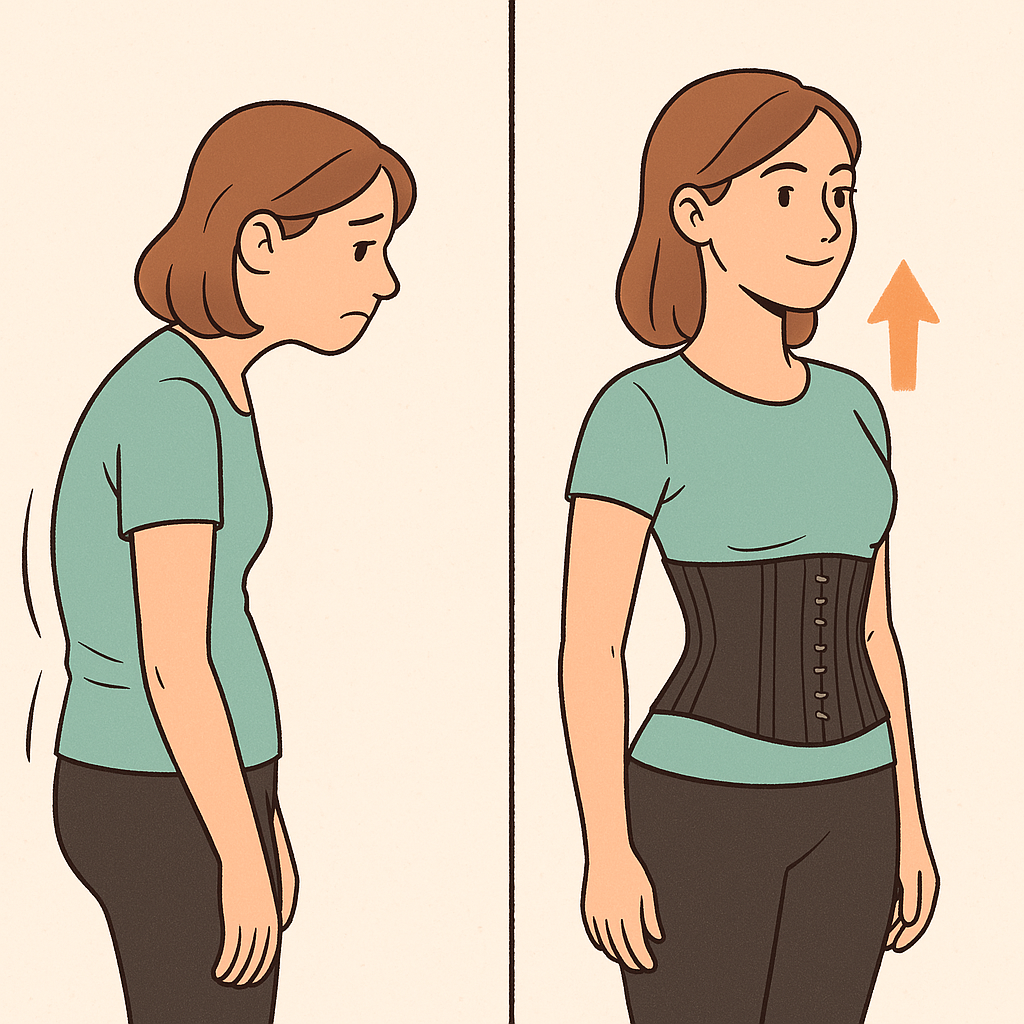

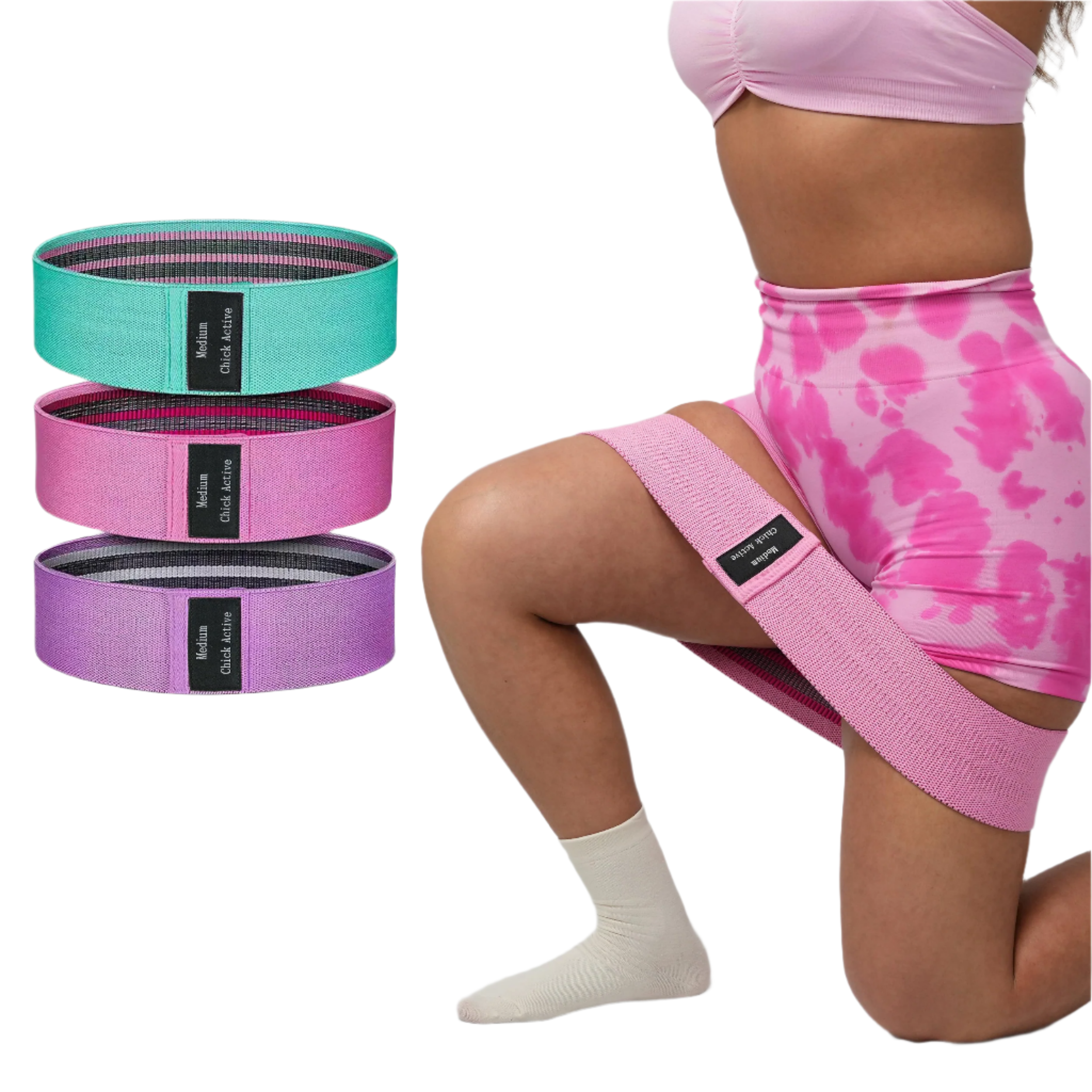
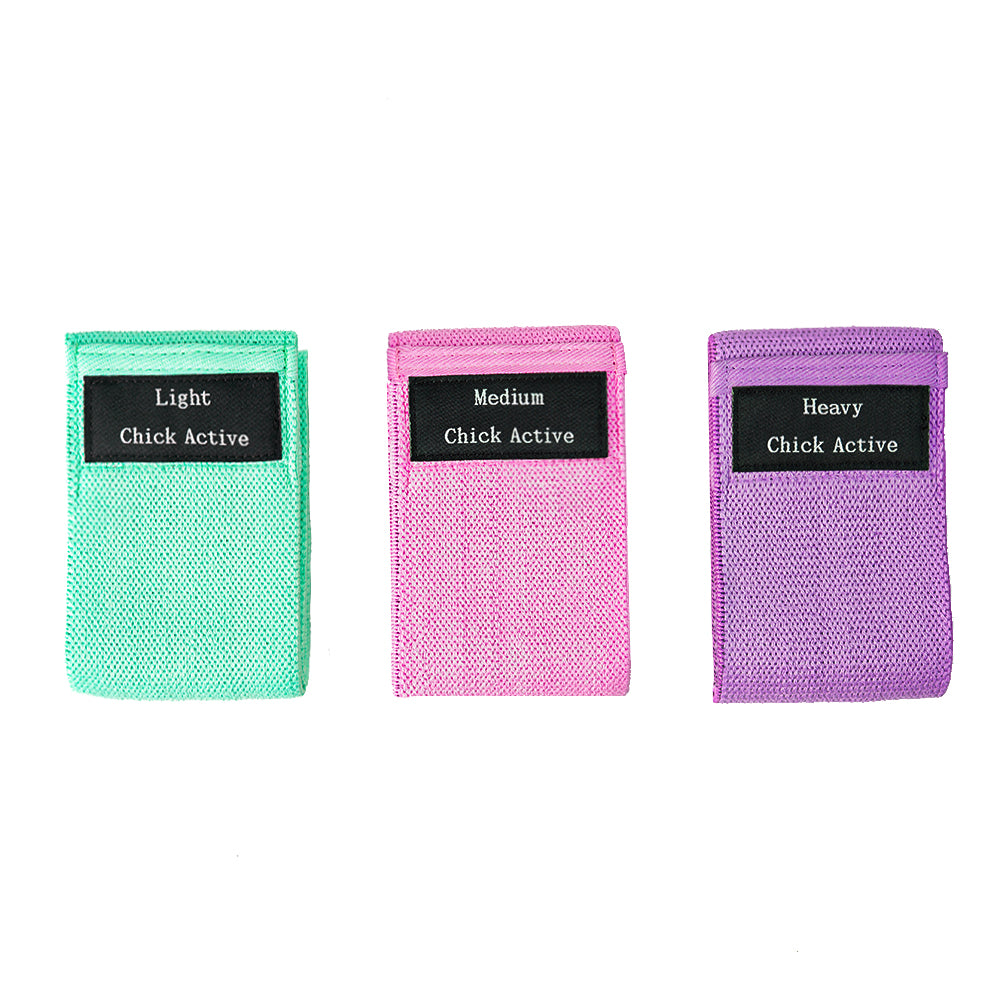
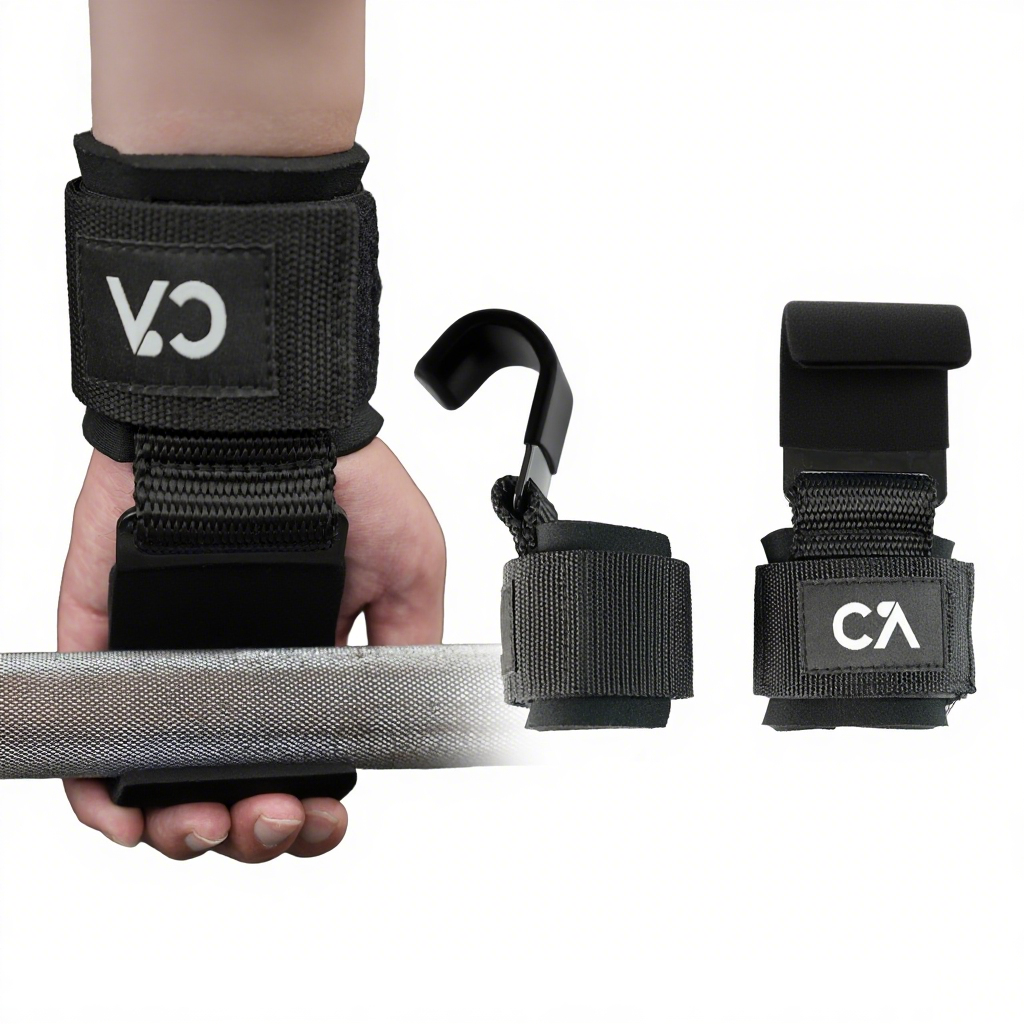
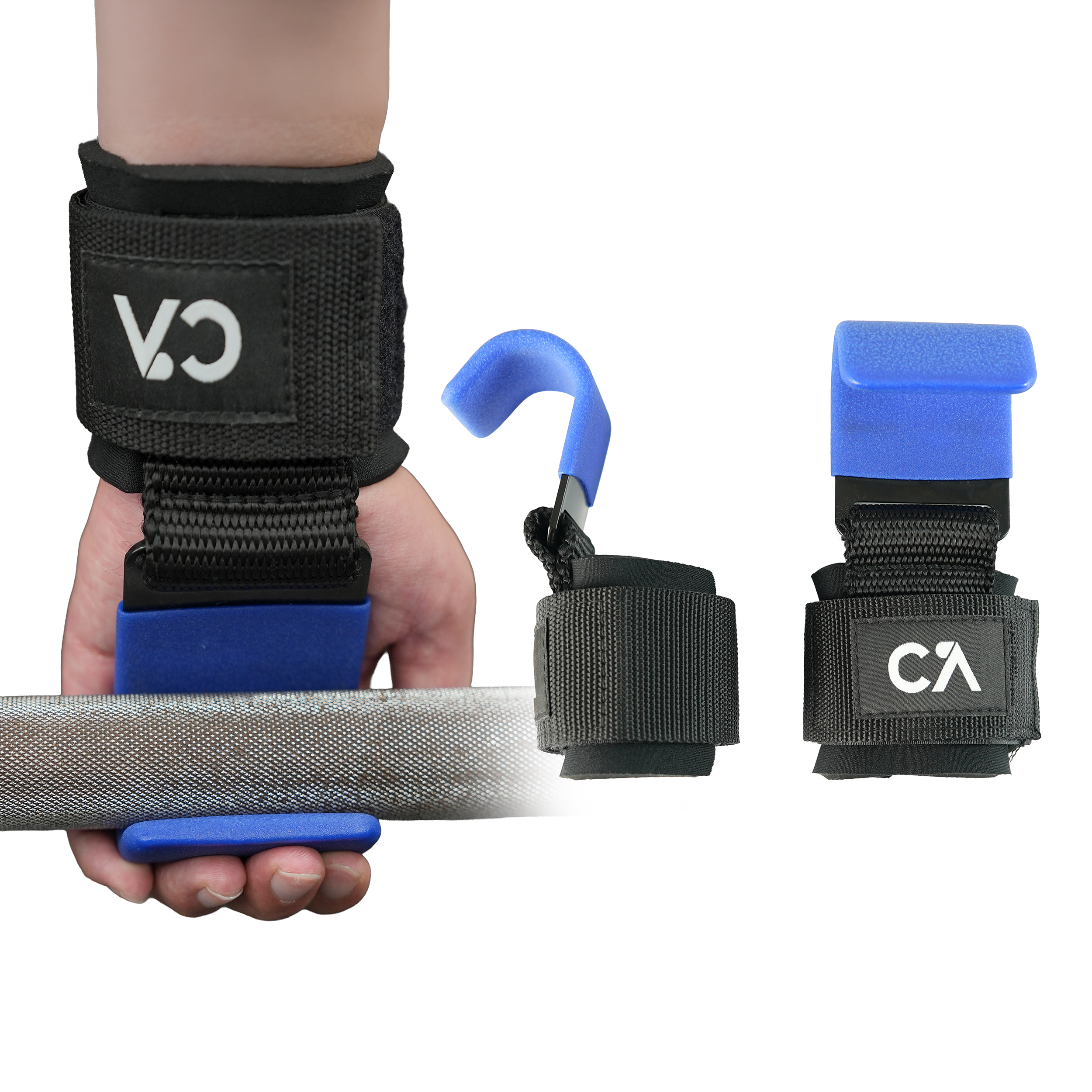

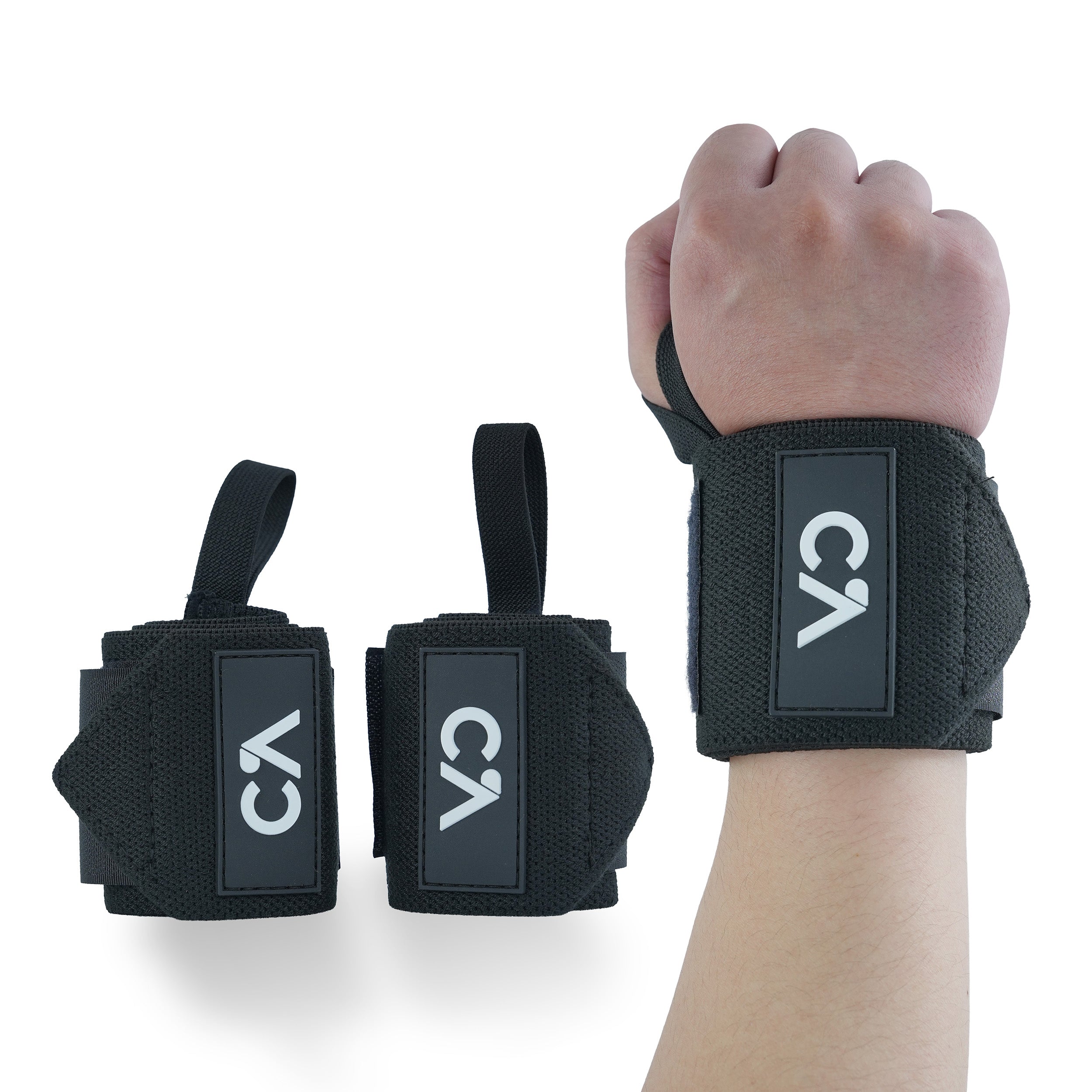
Leave a comment
All comments are moderated before being published.
This site is protected by hCaptcha and the hCaptcha Privacy Policy and Terms of Service apply.